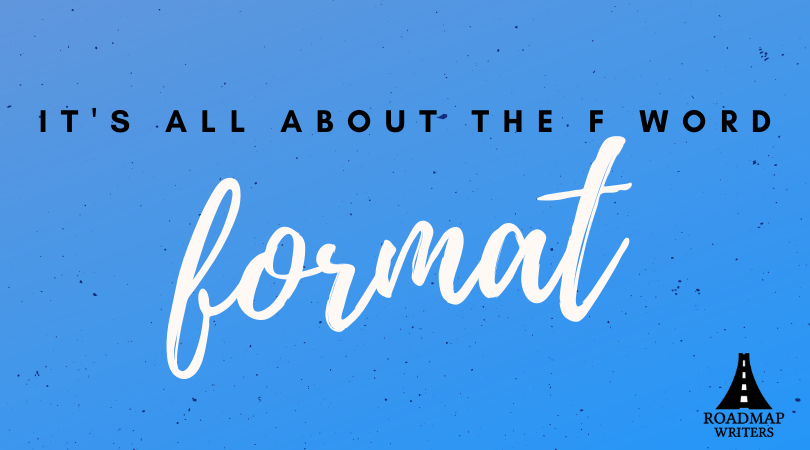
The F Word: Format
By Briana Hansen
When you have a riveting story stuck in your head and begging to come out onto the blank page in front of you, it can feel like a daunting undertaking.
But we’re writers. We don’t write because it’s easy. We write because we have to.
In order to even get started in writing your screenplay, you have to speak the screenwriting language. Assuming, of course, you hope to someday get your script read by industry professionals, submit it to contests, or do anything other than let it live on your computer. And the cost of entry into the screenwriting field is understanding the basic structure of a screenplay. Part of the reason so many writers use Final Draft is that it is a very user-friendly interface that helps you quickly and efficiently get your words out onto the paper. It’s not the only screenwriting software out there, but it’s definitely the industry standard.
The next best thing you can do to teach yourself proper formatting is, of course, read other scripts. Read as many scripts as your schedule allows. Find old scripts. Find new scripts. Read Emmy and Oscar-nominated scripts. Read feature screenplays and pilot episodes. Read books that outline structure, what needs to be communicated by each marker, and why. Notice the way other writers introduce characters, the brevity in their descriptions, and their various style choices.

Read, read, read.
What you’ll notice is that they all follow more or less the same formatting. But every once in a while, there are variations. Sometimes certain writers will bold their scene headings. Others will underline their scene headings. Some will use “CUT TO:” while others simply skip the transitional language when starting another scene. These small tweaks can be distracting and can seem to only add to the confusion of all the balls a writer already has to keep in the air as they write.
So which of these minor variations of scene headings below is correct?

Well, a delightful answer on this very issue came up in a recent Roadmap Gatekeepers Webinar. The resounding answer to this very question – a question about these small visual tweaks that don’t seem to have a consistent answer – was that it doesn’t matter.
You read that right. In a world where every little detail you put on the page matters, whether or not you choose to bold, underline, or bold and underline scene headings and other small formatting tweaks generally doesn’t matter. The caveat is, of course, it doesn’t matter as long as you’re consistent and it’s easy to understand.
When people read a script, they want to delve into the imaginative and emotional world that the story sets up. That’s almost impossible to do if the formatting is so improper it’s distracting. But if the formatting is pretty much all there, there’s nothing wrong with taking some creative liberties and playing around with the way your transitions look. As long as you do it consistently and it helps the reader continue along with the story at a smooth pace.
What a relief, huh?
At the end of the day, people read to hear your voice come out on the paper. They want to know who you are as a human, what your perspective is on life, and how you meld those two things into dynamic storytelling. And, sure, you have to play by the standard expected formatting rules. Prove that you speak the language. Choose a format you like that provides clarity and stay consistent.
Now get back to writing.